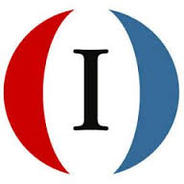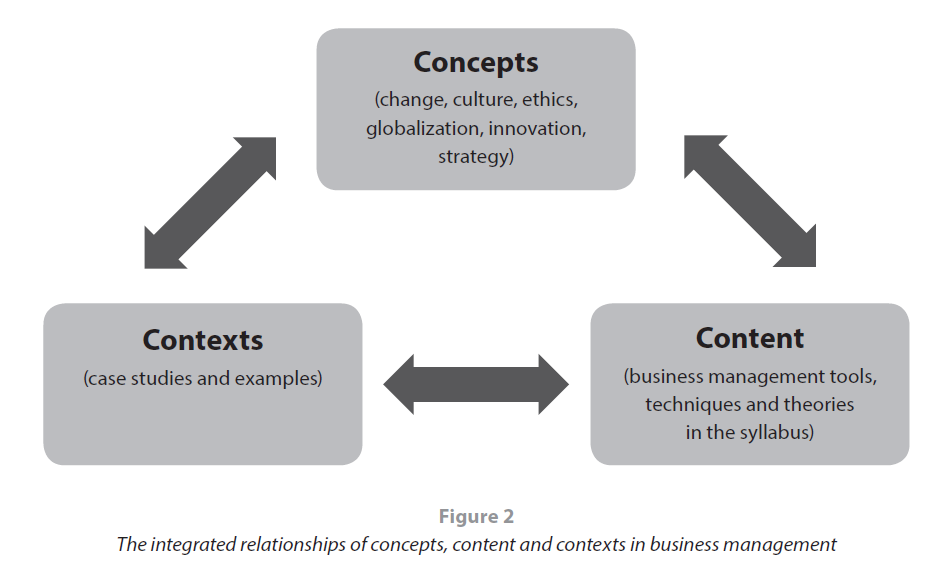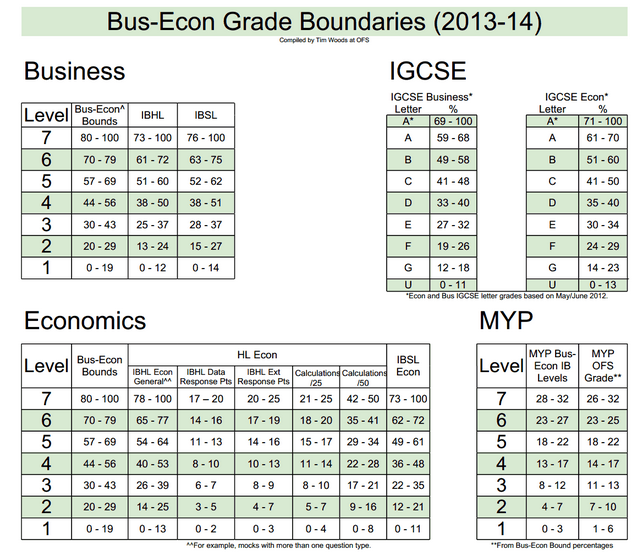Welcome to IB Business Management

- This section of the site is under heavy construction as I am trying to complete the content covered in Grade 11 and Grade 12 in only one year, so please be patient.
- I will be working on the website throughout the year so please email me with any comments about what you like or don't like.
- The materials are supplemental to the textbook and I encourage you to use the resources here and in your student portfolio that best fit your learning style.
- Class time will focus on activities and application of the information rather than a passive lecture. Any essential readings will be given to you in paper form or electronically, depending on your preference.
What is business?

Investopedia.com explains 'Business'
1. Businesses include everything from a small owner-operated company such as a family restaurant, to a multinational conglomerate such as General Electric.
2. To "do business" with another company, a business must engage in some kind of transaction or exchange of value with that company.
3. In this sense, the word "business" can be used to refer to a specific industry or activity, such as the "real estate business" or the "advertising business".
1. Businesses include everything from a small owner-operated company such as a family restaurant, to a multinational conglomerate such as General Electric.
2. To "do business" with another company, a business must engage in some kind of transaction or exchange of value with that company.
3. In this sense, the word "business" can be used to refer to a specific industry or activity, such as the "real estate business" or the "advertising business".


